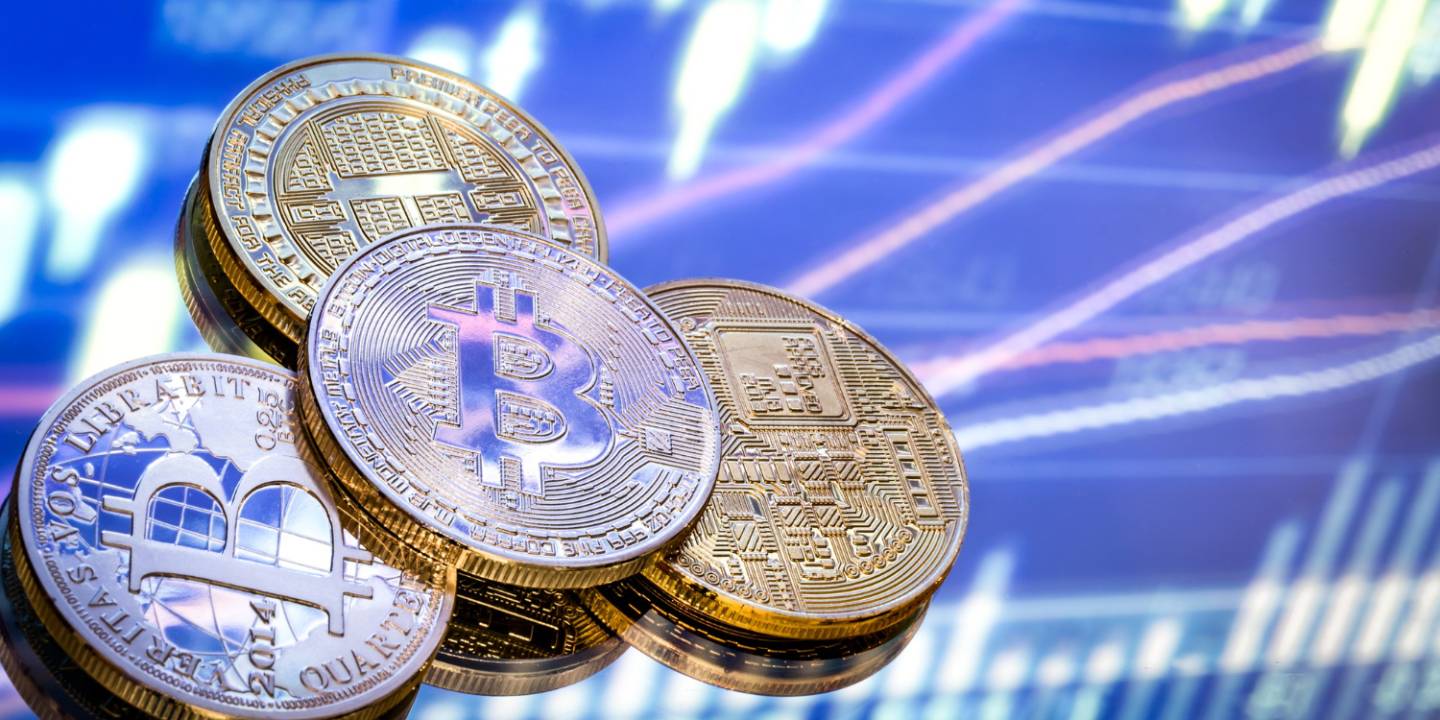
Following a sharp decline on Friday due to contagion risks from the failure of Silicon Valley Bank spreading to the cryptocurrency markets, notably the exposure of Dollar Coin-issuer Circle to the bank, bitcoin and ether increased by as much as 4% during the last day.
On Saturday, bitcoin (BTC) surpassed the $20,000 milestone while ether (ETH) increased above $1,450 to show early signs of market stabilization.
On Friday, both tokens dropped below significant resistance levels.
Nevertheless, other cryptocurrencies did not record comparable gains, indicating that traders have not yet taken a chance on less well-known tokens.
In the late afternoon hours of Saturday in Asia, Polygon's matic (MATIC) rose 1.6% while BNB Coin (BNB) and XRP rose nominally by 2%.
The market moved abruptly and sharply on Friday after regulators closed SVB amid a bank run.
After USDC dropped to as low as 87 cents early on Saturday, traders panicked and dumped their token holdings, triggering a sell-off as
The total market value of cryptocurrencies dropped below $920 billion for the first time since November, and over $200 million worth of futures that follow cryptocurrencies were liquidated in the previous day.
The largest liquidation of major cryptocurrencies, close to $60 million in bitcoin futures, was followed by a $40 million liquidation of ether futures.
Such liquidators probably played a role in the decline of ether and bitcoin.
When a trader lacks enough capital to maintain a leveraged deal open, liquidation occurs.
Other market commentators dismissed lingering USDC concerns by highlighting the token's support by the U.S. treasury.
80% of their assets are 6 million US T-bills, according to a member of the Crypto Twitter community.
"In the last three months, 85% of these invoices have been rolled over.
The risk of interest rates is negative.
The fact that SVB is FIDC-insured, according to Adam Cochran, partner at crypto fund CEHV, suggests that worries about the durability of USDC are unfounded.
The entity received 62% of its holdings immediately under the FDIC's "advanced dividend" method, and by the time of the last payment, it had recovered 94%, according to Cochran.
If SIVB is similar, Circle's maximum damage is $198M on $3.3B.














